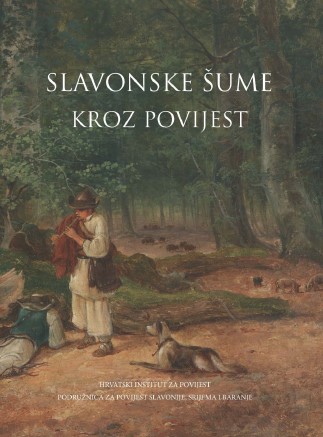Šume kao izvor prehrane. Uzgoj i trgovina kestenom u Požeštini u 16. i 17. stoljeću
Forests as a Source of Nutrition: The Cultivation of and Trade in Chestnuts in the Požega Area in the 16th and 17th Century
Author(s): Anđelko Vlašić
Subject(s): Regional Geography, Environmental Geography, Economic history, Environmental interactions, 16th Century, 17th Century, The Ottoman Empire
Published by: Hrvatski institut za povijest
Keywords: Slavonia; Požega area; forests; early modern period; Ottoman Empire; environmental history; cultivation of chestnuts; trade in chestnuts;
Summary/Abstract: In the second half of the 16th century, when the Požega area was under Ottoman rule, Hadži Mehmed-aga, a local strongman, was the owner of huge chestnut forests, exporting the nuts to adjacent Ottoman provinces. Numerous chestnut forests could be found throughout the Požega area as well as in the area around Orahovica, hence it is possible that other Ottoman lords cultivated and traded in chestnuts or merely sold them to Hadži Mehmed-aga. Požega was, during the Ottoman rule, a developed trading centre of the Sanjak of Pojega with a rich social life in which the Požega confectioners played a central role. Since the provincial centres such as Požega took the social life of the Ottoman centre as a role model, it can be assumed that the Požega populace also consumed chestnuts and used them in the preparation of their food, the confectioners and their products playing a major role. It is unknown whether this situation from the 16th century continued into the 17th century. It might be possible that the descendants of Hadži Mehmed-aga and other entrepreneurs of the Požega area and the Orahovica area continued to cultivate and export chestnuts; however no records have yet been found. It is likely that the cultivation of chestnuts during the 17th century declined due to the cold during the Little Ice Age. On the other hand, the increasing cultivation of crop plants such as potatoes and corn might have decreased the importance of chestnuts in the nutrition of the Požega area populace. In any event, in conclusion, the Ottoman Požega area of the 16th century, and probably at a later date, was characterized by a lively environment and an abundant everyday life where entrepreneurial-minded individuals knew how to utilize forest potentials, the potentials of chestnuts in particular.
- Page Range: 119-136
- Page Count: 18
- Publication Year: 2018
- Language: Croatian
- Content File-PDF

